Poison ivy is one of those plants that most people overlook until it leaves them with red bumps and an itchy rash that is hard to ignore. Whether you’ve encountered it while gardening, during a hike, or simply by accident, the aftermath of being exposed to poison ivy can be very uncomfortable.
The unpleasant pain from poison ivy does not stop at first contact and it can persist for days or even weeks, causing blistering, inflammation, and relentless itching. While topical treatments such as medicinal creams and antihistamines remain effective treatments, the healing journey from poison ivy can be accelerated with nutrition.
The right foods help to deliver beneficial nutrients such as important antioxidants, fatty acids, and anti-inflammatory compounds that can help ease inflammation, strengthen the body’s natural defenses, and rebuild damaged tissues. In this guide, we will explore the specific foods to consume to promote skin healing after exposure to poison ivy.
Jump to:
What is poison ivy, and how does it affect the skin?
A common plant in North America, poison ivy is known to cause itchy, inflammatory skin rashes when it comes into contact with the skin. It contains an oily resin called urushiol in the plant’s sap that triggers an allergic reaction in most people. Exposure to this poisonous plant can happen in diverse ways, including touching contaminated objects such as pet fur or clothes, or even inhaling smoke from burning poison ivy.
Once urushiol touches the skin, it binds quickly and causes a condition known as allergic contact dermatitis. Symptoms mostly start manifesting within twelve to twenty-four hours and may include swelling, redness, intense itching, and blisters. Although the rash itself is not contagious, the oil can spread if not washed off.
Top 9 foods for accelerating skin healing after exposure to poison ivy
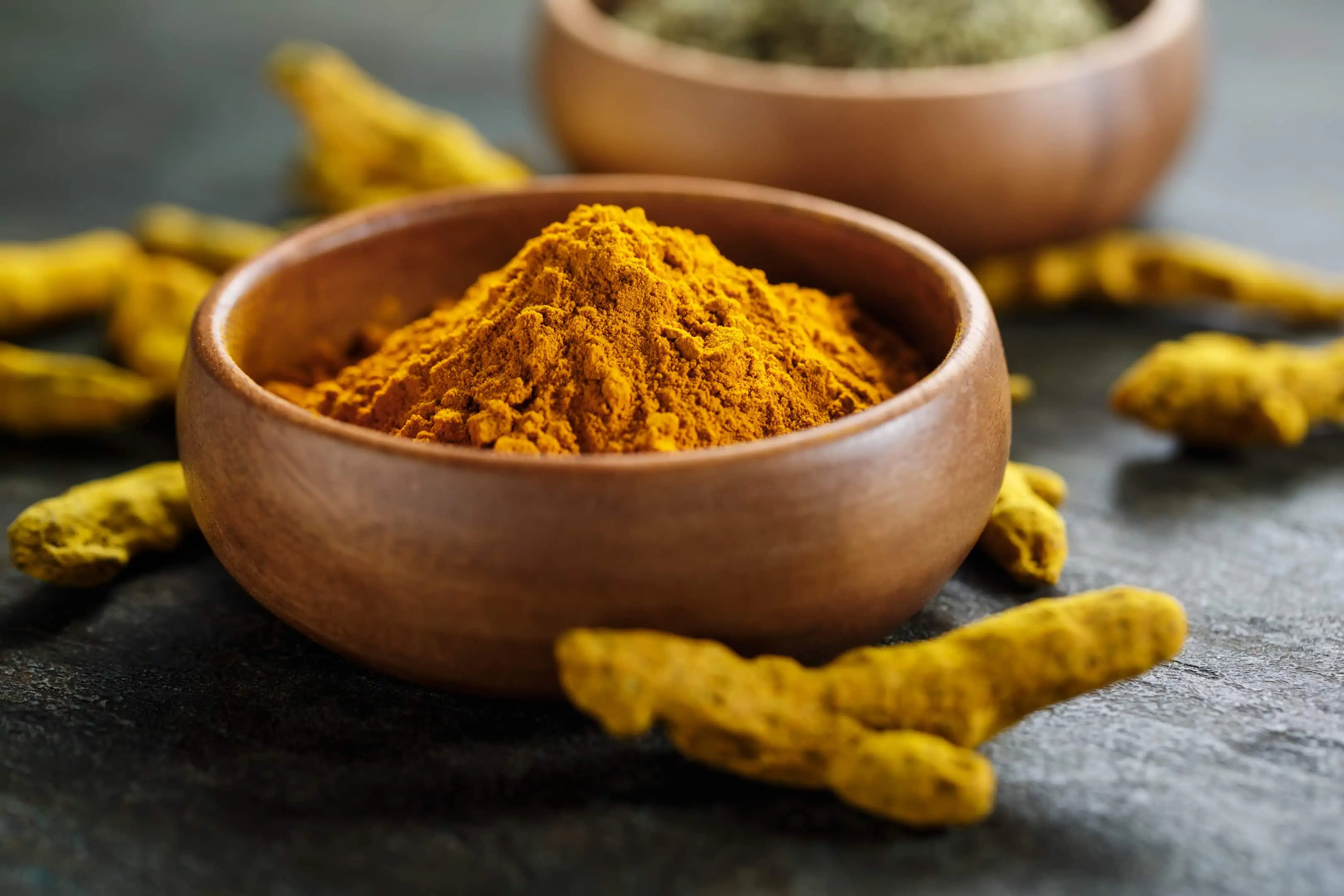
1. Turmeric
One notable nutrient in turmeric is curcumin, which possesses several antimicrobial and antioxidant benefits that can help eliminate free radicals, decrease inflammation, and boost skin healing after poison ivy exposure. It also contains manganese, which promotes the production of enzymes and collagen, both of which are important for decreasing scarring and healing damaged skin tissues.
Turmeric also contains a significant amount of iron, which is crucial for immune function and cellular repair. Iron accelerates the healing process by improving the flow of blood to affected skin areas. For poison ivy relief, drink turmeric tea to promote healing from within.
2. Wild salmon
Wild salmon is rich in omega-3 fatty acids, which are great for suppressing inflammatory pathways in the skin. Omega-3 fatty acids help to stabilize inflamed cell membranes and restrain pro-inflammatory molecules such as prostaglandins. Moreover, the composition of healthy fats in wild salmon can help nourish the skin barrier, boost moisture retention, and speed up the repair of damaged skin.
Consuming salmon regularly can also help to boost skin toughness and elasticity, which are major components of poison ivy lesions that are at risk of leaving scars or marks. Wild salmon is also high in protein, which provides amino acids that are needed to rebuild skin tissue and boost immune cell production.
3. Sunflower seeds
Sunflower seeds are loaded with diverse nutrients, especially vitamin E, which is a renowned skin protector that helps protect the skin from oxidative damage. Vitamin E helps to soothe irritation and itching. Vitamin E also helps to promote the regeneration of healthy skin cells, helping to decrease scarring after a poison ivy rash.
Another benefit of consuming sunflower seeds is their rich composition of zinc, which is important for modulating immune response, particularly during allergic skin reactions. Zinc helps to boost wound healing and cell regeneration. If a poison ivy rash becomes infected from scratching, zinc plays a role in combating and preventing infection.
4. Bone broth
A traditional healing food that has been consumed for decades to accelerate healing, bone broth is rich in glycine and glutamine. Glycine is an amino acid that possesses calming qualities that have a rich effect on inflammation. Glutamine, on the other hand, helps to maintain the integrity of the gut lining. Since immune responses and gut health are closely linked, glutamine promotes immune balance and can help decrease allergic reactions from the inside out.
Moreover, bone broth is abundant in collagen, which is essential for skin elasticity and structure. Poison ivy can affect the dermal layers, resulting in inflammation and scabbing. Collagen helps to rebuild the skin structure, aiding wound healing and decreasing scar formation. Bone broth is also rich in calcium and phosphorus, which promotes skin regeneration.
5. Strawberries
Delicious strawberries are loaded with vitamin C, which helps to boost white blood cell activity, helping to combat skin infections and boosting immune response. Strawberries are also loaded with anthocyanins, which are powerful antioxidants that help to eliminate oxidative stress in skin cells, ease irritated skin, and prevent further cell damage.
In addition, strawberries are rich in both insoluble and soluble fiber that boosts gut health and detoxification. A well-functioning gut is important for regulating the immune system and can help reduce intense allergic responses, which is common in people with poison ivy exposure.
6. Beets
Betalains are responsible for beets' deep red-purple pigments. These antioxidative compounds possess anti-inflammatory qualities that aid the liver’s process of detoxification. Since poison ivy reactions can worsen if the body’s detox systems are slow, betalains can help boost internal cleansing and decrease overall body burden.
Beets also contain folate, which is beneficial for cell repair and growth. Folate promotes the regeneration of new skin cells, which is crucial for healing from lesions or blisters. It also contains manganese, which helps activate enzymes that support tissue repair. Beets are also rich in natural nitrates that boost oxygen delivery and blood flow to the tissues.
7. Red bell peppers
Red bell peppers are loaded with vitamin C, a powerful antioxidant that aids skin repair and also acts as a potent anti-inflammatory that helps to decrease inflammatory flare-ups like poison ivy. They are also rich in beta-carotene, which the body converts to vitamin A. This vitamin is important for maintaining the skin’s epithelial barrier, promoting cell turnover, and decreasing post-inflammatory pigmentation.
Moreover, red bell peppers are rich in vitamin B6, which aids in the regulation of inflammation and promotes the production of neurotransmitters that decrease stress. Stress can worsen inflammatory skin conditions. Vitamin B6 also aids energy metabolism, which promotes immune function and cellular repair.
8. Avocados
Avocados are loaded with oleic acid, a monounsaturated heart-healthy fat that is very beneficial for the skin. Oleic acid helps to decrease skin inflammation and moisturize damaged or dry skin from within. In the case of poison ivy, where the skin becomes itchy, dry, and cracked, consuming healthy fats like those in avocados can help restore the skin’s lipid barrier and accelerate healing. These fats also help to boost the absorption of fat-soluble vitamins such as K, D, E, and A, all of which are important for skin repair and immune function.
Moreover, avocados are one of the few foods that naturally contain glutathione, an antioxidant that is often referred to as a ‘master detoxifier.’ Glutathione promotes liver detoxification, helping the body eliminate toxins like urushiol efficiently. Avocados are also high in powerful plant compounds such as zeaxanthin and lutein, carotenoids that possess anti-inflammatory compounds that can help protect the skin from environmental stressors.
9. Cucumbers
Cucumbers can provide cooling relief and internal hydration for poison ivy recovery due to their high water content. The hydrating properties of cucumbers help the body flush out toxins, including urushiol. Proper hydration also helps to maintain healthy skin function by improving cellular repair and keeping the skin supple.
Cucumbers are also rich in flavonoids such as quercetin, which possess antihistamine-like qualities that help decrease allergic inflammation, making them particularly beneficial during poison ivy outbreaks. In addition, they also contain silica, which is great for strengthening and maintaining the elasticity of connective tissues.
Conclusion
Healing from poison ivy requires more than anti-itch creams and ointments; nutrition plays a major role in healing the skin from within. A diet that is rich in skin-supporting foods such as avocados, wild salmon, strawberries, beets, and red bell peppers can help the body fight inflammation and rebuild its damaged protective barrier. These foods are loaded with powerful antioxidants, essential minerals, and collagen-building nutrients that are beneficial for fast and effective recovery from poison ivy.

A writer passionate about wellness, nutrition, and intentional living. She creates engaging, research-based content that empowers readers to live healthier lives. Through every article, she brings clarity, inspiration, and a touch of everyday practicality. Read more about Juliana.

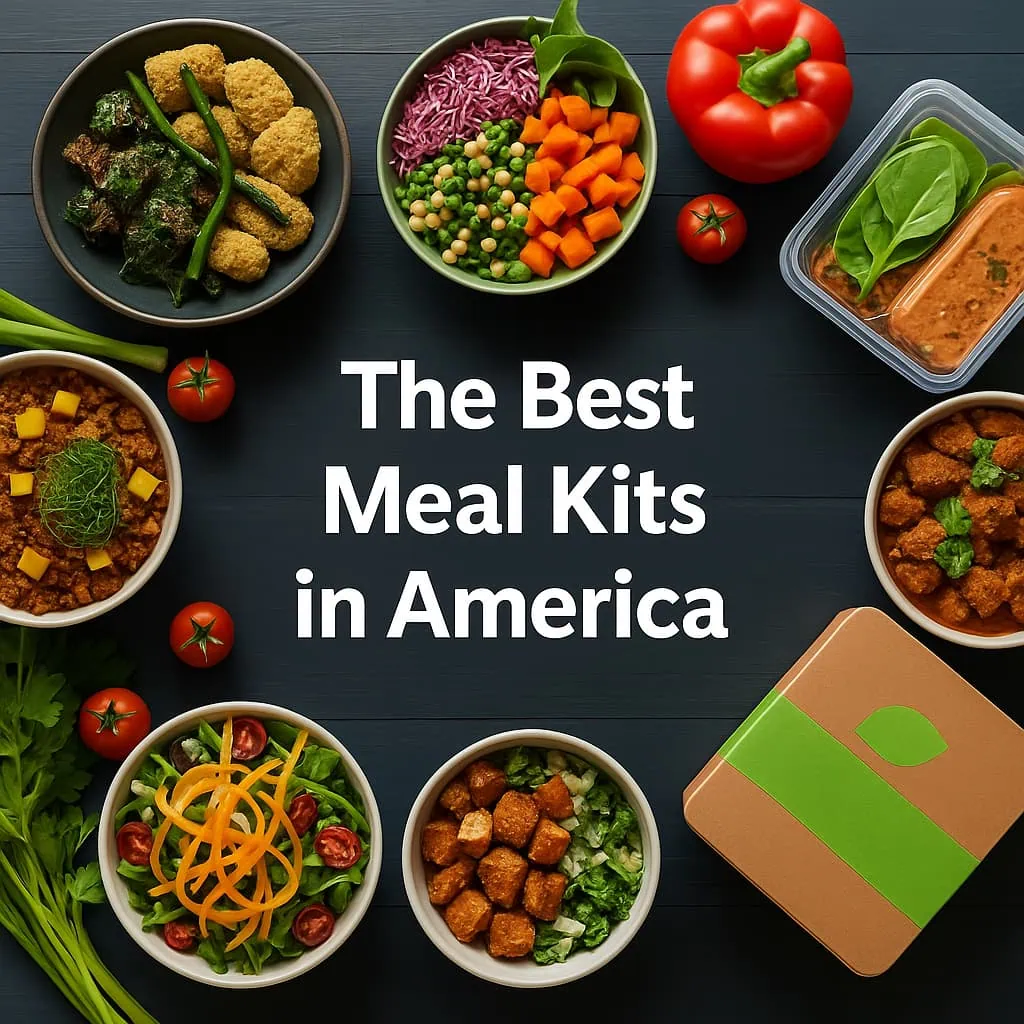
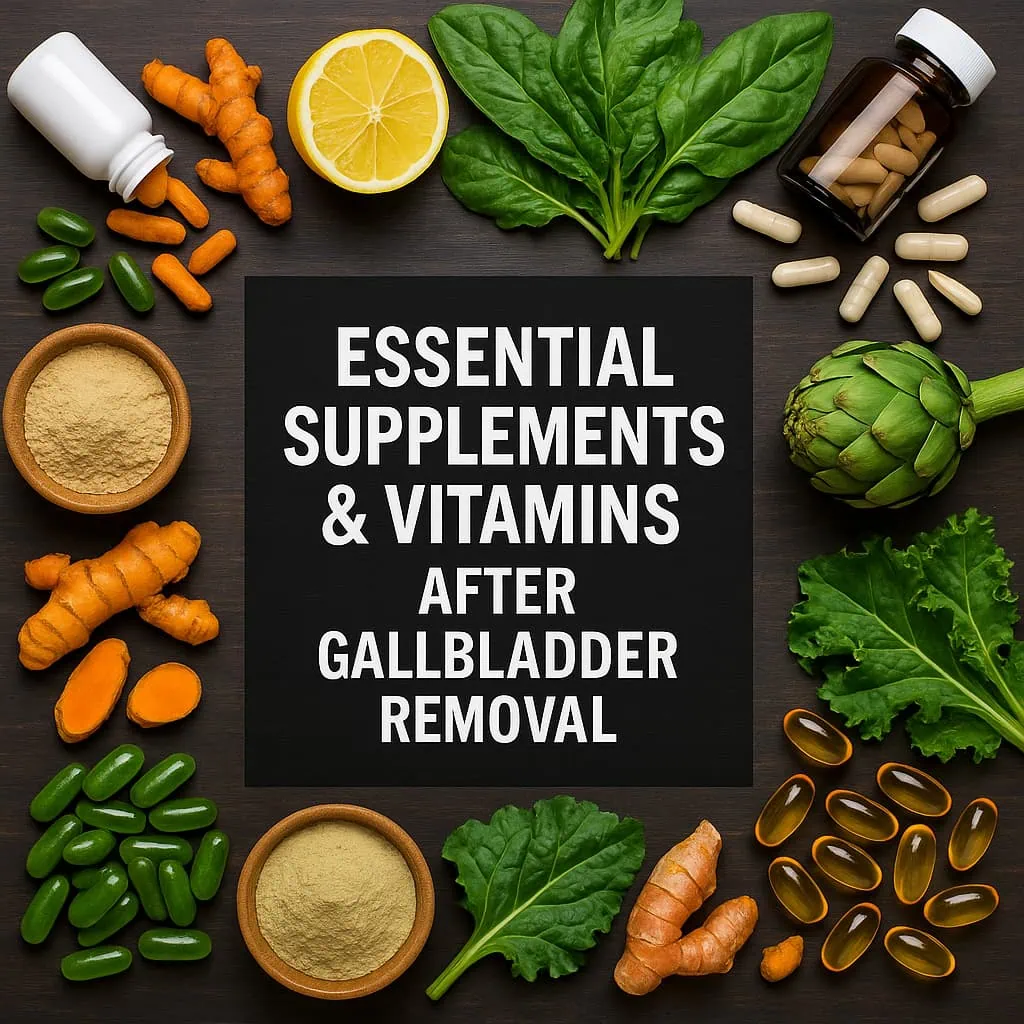
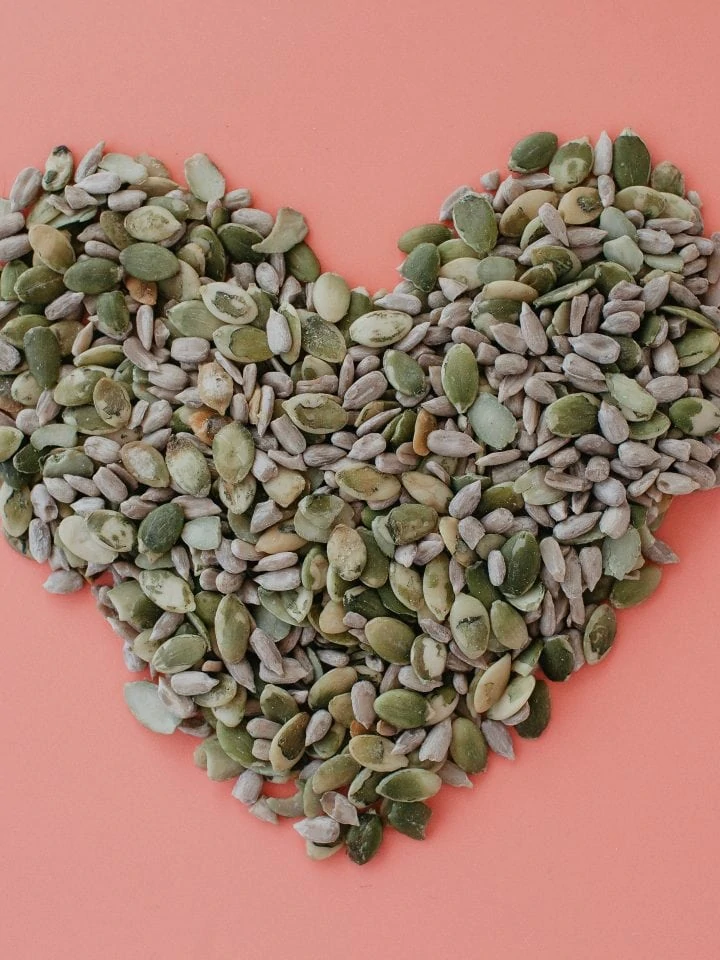
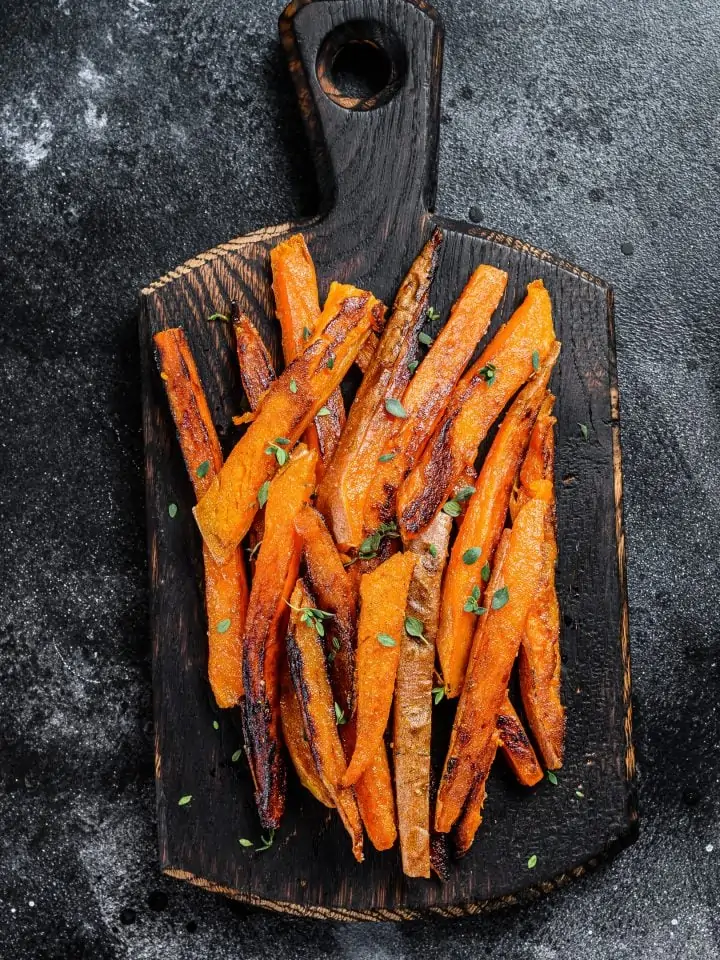
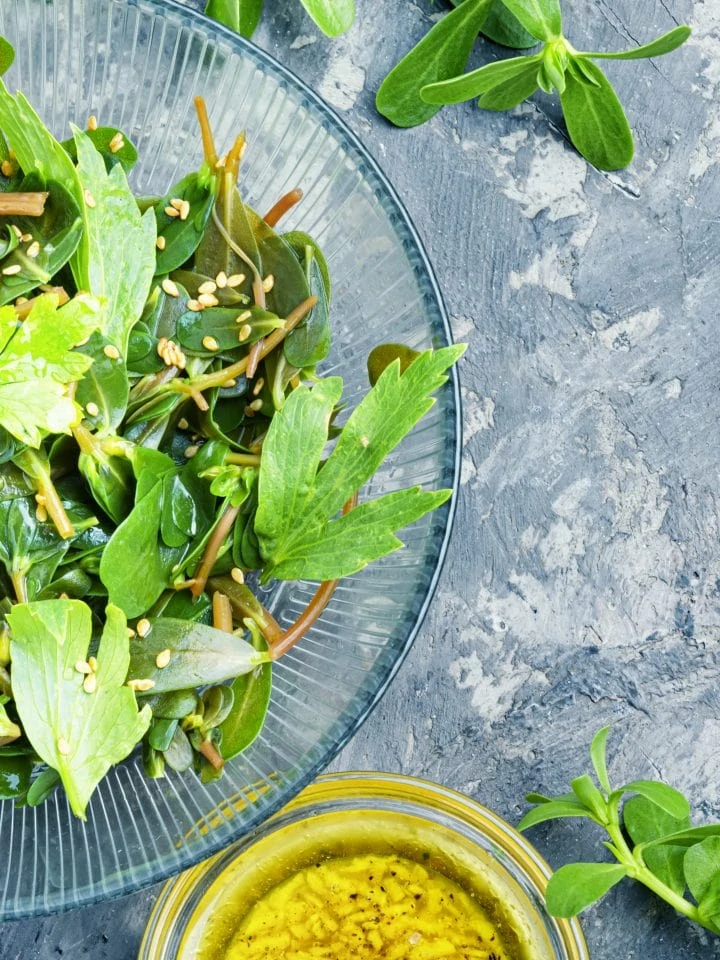
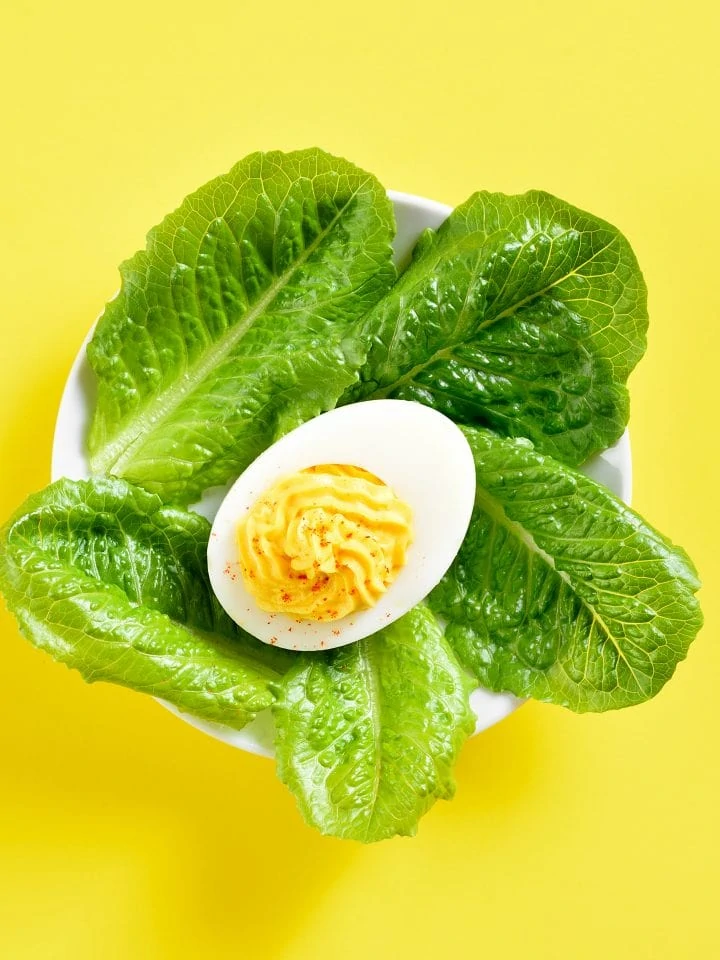
Comments
No Comments